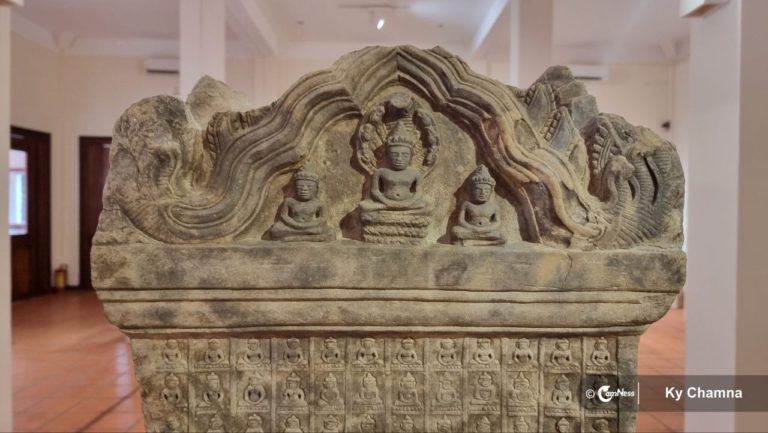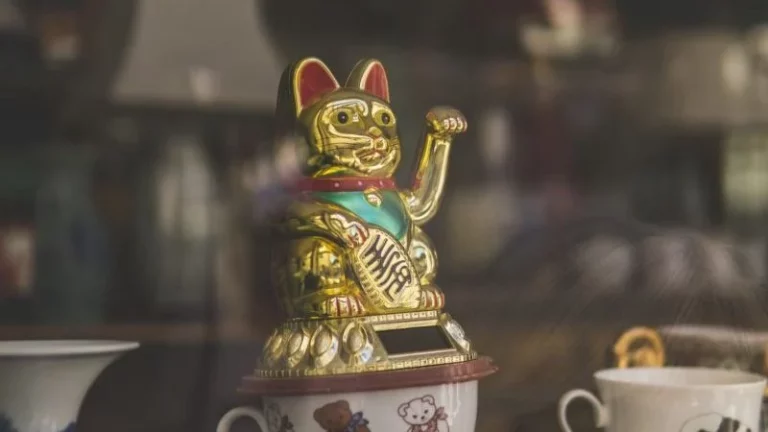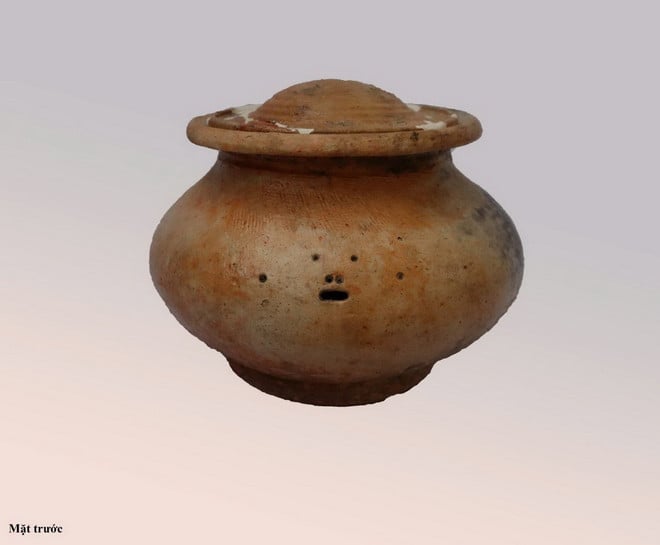We explore an overview of common deities, visual elements, and representations in Esoteric Buddhist art of the Heian Period.
Buddhism has an ancient, long-ranging history which expands across several different schools of thought. Many have heard of the pillars of suffering or of reaching nirvana, but few aspects of Buddhism are quite so entrancing as Japanese Esoteric Buddhism. Visual imagery is paramount in understanding the teachings, as paradise on earth is seen as an achievable goal. This creates a rich and fascinating history through which one can learn about the religion’s mystical beliefs and practices.
History of Esoteric Buddhism’s Visual Culture

Esoteric Buddhism derives from ancient Indian Tantrism, which emphasized mysticism, symbolism, and incantations. The Tantric belief system states that through ritualistic practices such as meditation, chanting and mantras, mudras, and intricate visual images, the ultimate goal can be achieved. The belief system spread through China and was established in Japan via two monks, Kūkai and Saichō, who traveled from Japan to China in 804 and 803 CE, respectively. Kūkai studied Sanskrit and Chinese Esoteric Buddhism under Huiguo, a monk in Xi’an. Upon his return in 806, Kūkai brought treasures from his findings and eventually established a Shingon temple at Mount Kōya. Saichō established the Japanese Tendai school. These sects incorporated many of the Chinese esoteric rituals, though there were notable differences in ideology.
Prior to these ideas, Japanese Buddhism was an amalgamation of various spiritual practices and rituals, but the Tendai and Shingon systems created more unified schools of thought. Japan was in the midst of the early Heian period, and this introduction of new material from Tang China brought about a drastic change in Japanese art. Painting, sculpture, and other art forms took a sharp turn from the previous traditional Nara period and began to reflect these mystical practices through depictions of Hindu deity-derived multiple-headed bodhisattvas, complex mandalas, and large paintings on hanging scrolls. Esoteric Buddhism vanished relatively quickly in India and China, leaving Japan a site of historic preservation of Esoteric artworks and imagery.
Four Heavenly Kings

Sanskrit names are common amongst deities, but most interesting is the addition of appellations to these names to signify their importance or the roles they play in the Buddhist faith. In Japan, “Ten” denotes a divine being, and we see this manifest in Shitennō sculptures. Bishamon Ten (Tamon Ten), Komoku Ten, Jikoku Ten, and Zocho Ten are considered celestial guardians – the Four Heavenly Kings – and are found in Buddhist temples throughout Japan. The oldest preserved are those found in the Golden Hall of the Hōryū-ji temple in Nara. These deities are most often dressed in armor as protectors of the temple, wearing helmets and fierce expressions.
Get the latest articles delivered to your inbox
Those at Hōryū-ji, however, are instead wearing crowns, visually similar to the halos found in Byzantine or medieval European Christian art. Decorated with paint and lacquer and made of camphor wood, these seventh-century statues are less aggressive than many other Shitenno found in Japan. They stand at the four corners of the compass, protecting the realm of the Buddha, and exhibit calm – yet stern – facial expressions. Their robes and long sleeves fold gracefully around them. The use of wood distinguishes these Japanese expressions of the Heavenly King from others.
At the Hokke-dō of the Todai-ji temple in Nara, however, these guardians hold swords or thunderbolts. They don magnificent hairstyles – one with strands of hair going upward in a hostile, provoked fashion – and equally treacherous scowls. These temple guardians do not wear carefully draped robes, but rather full body armor. Their muscular arms and bodies are powerful and robust, provoking fear only in those with the intent to undermine Buddhism.
Mandalas

According to the Mahavairocana Sutra, mandalas are the full representation of perfection. They have precise mathematical proportions, bright and intensely vivid colors, gold gilding, and rhythmic patterns. It is a full sensory experience, and each of these images was thought to increase the interconnectedness to Buddha and promote the path to enlightenment. Esoteric mandalas use deities and Sanskrit characters to chart the cosmic realm visually, map the geography of the Buddhist journey, and encourage an internal pilgrimage to enlightenment.
The Sai-in Mandala, or Womb World mandala, in Tō-ji, Kyoto was produced in the late ninth century during the Heian period and is in remarkably good condition. The Womb World mandala illustrates the Dainichikyo, or the Sun Buddha, typically depicted in sculpture as a bodhisattva. Dainichikyo is worshipped as the supreme deity of the Shingon sect. The Womb World mandala is used in conjunction with the Diamond World mandala, regarded as the second most celebrated work in the Shingon school because it illustrates the teachings of the Kongōchōgyō sutra. Together, they are called the Mandalas of the Two Worlds, or “ryōbu mandara.”
Protector Deities

Esoteric Buddhism took Japan by storm and was widely received, creating some of the most intricate, magnificent art in Japanese history. Imagery was of the utmost importance in order to understand the formless and mysterious Absolute Buddha. These paintings, statues, and drawings were created with an extraordinary level of terrifying realism, expression, and complex, mathematical precision. When considering the aforementioned protector deities, for example, one might initially be frightened – but they are fierce defenders in the name of Buddha, providing a brave and fearless defense that creates a stunning portrait of devotion when combined with other visual elements. The iconographic elements in Japanese Esoteric Buddhist art are visually remarkable components that contribute to the personal path to righteousness and clarity.




